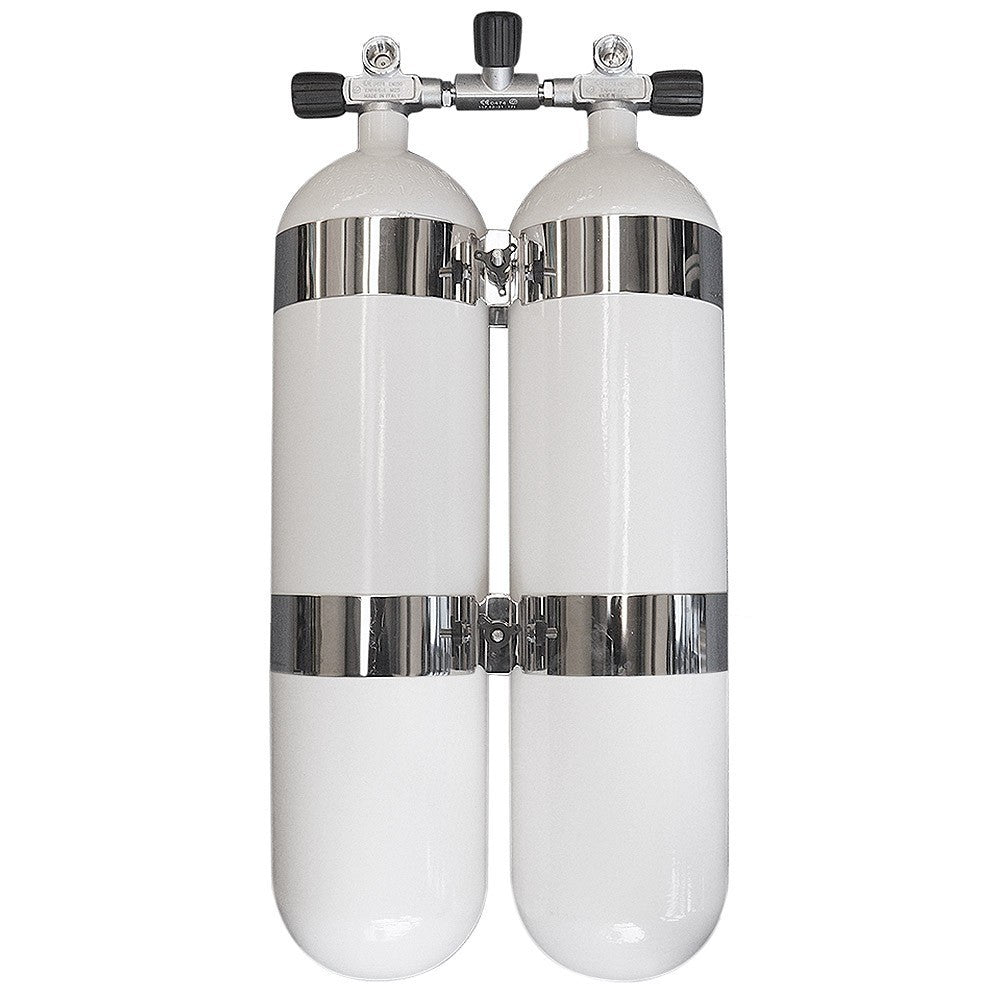mariosx
Contributor
Dear fellow "kool-aid drinkers"  ,
,
I am still fairly new to scuba and DIR (GUE-F Rec with doubles/ less than 70 dives) with experience mostly diving in waters where 3mm wetsuit are more than enough, or worst case few dives with 7mm in lakes during winter. I have no experience with drysuit, or other type of gear that are needed in truly cold waters.
This March I will be leaving the South-East (US) for Trondheim in Norway, where I expect to stay for at least 2 years. I know that they have a very vivid GUE community to join and help me on everything, but I would like to get some idea beforehand. For the duration of my stay there, I expect to dive a a lot, all year around, both recreationally and for my work as a researcher, so I expect to start building my own double setup that can withstand the expected low temperatures and conditions.
I would like to ask any of you diving in Norway (or familiar with such conditions) for the gear you are using and for recomendations regarding:
I would like to keep the discussion as general as possible, so potentially other divers might find it useful, but I would appreciate if you could also help me by answering the following questions:
a) I am currently running a mk25-EVO with g260 and r195. According to scubapro it is classified as cold resistant. Could I just get a second mk25-EVO or should I invest in two new other set of regs? Do the secondary regs work?
b) I plan to purchase a Halcyon donut wing directly from High Springs. What should be the size recommended given a drysuit and the type of tanks used in Norway.
c) Do you have any personal preference between SANTI and DUI drysuits? Any hidden specs I should know before I place an order?
d) Is a 7mm enough for diving during summer? I naturally have a well above average endurance and love for low temperatures.
Thank you for your time and help. I wish you have a happy new year.
I am still fairly new to scuba and DIR (GUE-F Rec with doubles/ less than 70 dives) with experience mostly diving in waters where 3mm wetsuit are more than enough, or worst case few dives with 7mm in lakes during winter. I have no experience with drysuit, or other type of gear that are needed in truly cold waters.
This March I will be leaving the South-East (US) for Trondheim in Norway, where I expect to stay for at least 2 years. I know that they have a very vivid GUE community to join and help me on everything, but I would like to get some idea beforehand. For the duration of my stay there, I expect to dive a a lot, all year around, both recreationally and for my work as a researcher, so I expect to start building my own double setup that can withstand the expected low temperatures and conditions.
I would like to ask any of you diving in Norway (or familiar with such conditions) for the gear you are using and for recomendations regarding:
- Tanks (aluminium vs steel)
- Wings
- Regulators
- Drysuits (including gloves and undergarments)
- Other purchases that warm divers such as myself might not be familiar with.
I would like to keep the discussion as general as possible, so potentially other divers might find it useful, but I would appreciate if you could also help me by answering the following questions:
a) I am currently running a mk25-EVO with g260 and r195. According to scubapro it is classified as cold resistant. Could I just get a second mk25-EVO or should I invest in two new other set of regs? Do the secondary regs work?
b) I plan to purchase a Halcyon donut wing directly from High Springs. What should be the size recommended given a drysuit and the type of tanks used in Norway.
c) Do you have any personal preference between SANTI and DUI drysuits? Any hidden specs I should know before I place an order?
d) Is a 7mm enough for diving during summer? I naturally have a well above average endurance and love for low temperatures.
Thank you for your time and help. I wish you have a happy new year.






